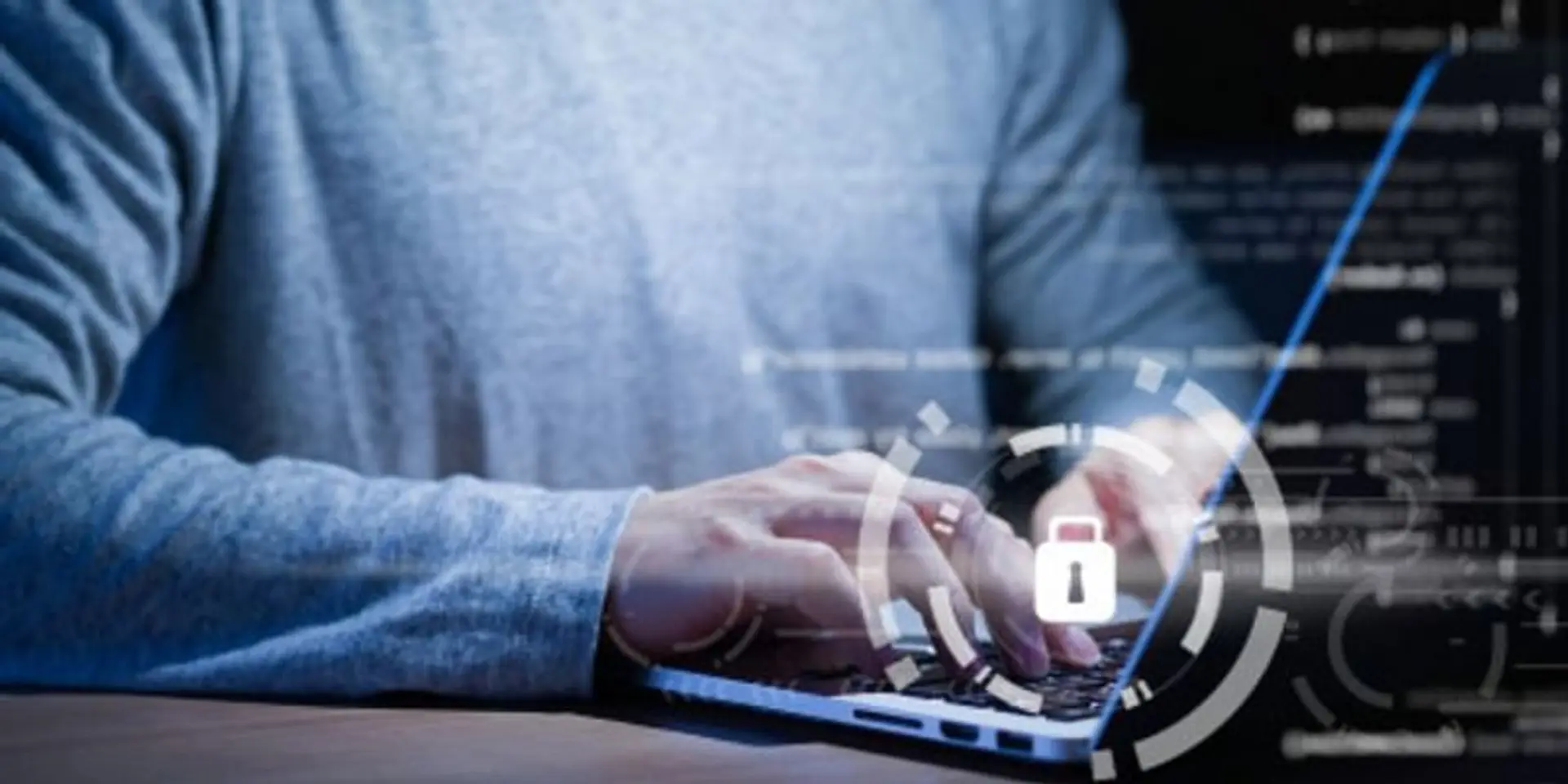Navigating the digital maze: Unraveling cybersecurity risks in social media platforms
Social media platforms are rife with challenges such as identity theft, misinformation, and cyberbullying. It is important for users to be aware of potential threats and take necessary precautions for a secure and positive social media experience.
Social media platforms have become an integral part of our lives, connecting people across the globe and providing a platform for sharing information and opinion. However, these platforms also present various threats and vulnerabilities when it comes to cybersecurity.
According to government data, India reported 52,974 cases of cybercrime in 2021–an increase of more than 5% from 2020’s 50,035 incidents and more than 18% over 2019’s 44,735 cases.
Let’s explore some of the key challenges associated with social media platforms, including identity theft, misinformation, and cyberbullying.
Identity theft
Social media platforms require users to create personal profiles, which often contain sensitive information. Cybercriminals may exploit this information for identity theft purposes, such as creating fake accounts or gaining unauthorised access to personal accounts. They can use stolen identities to engage in fraudulent activities, including financial scams, phishing attacks, and even offline crimes.
To mitigate the risk of identity theft on social media, it’s essential to:
- use strong and unique passwords for each platform,
- enable two-factor authentication for an extra layer of security,
- be cautious about sharing personal information publicly, such as addresses, phone numbers, and birth dates, and
- regularly review privacy settings to ensure information is protected.
Misinformation
Social media platforms facilitate the rapid spread of information, but they also amplify the dissemination of misinformation. False information can easily go viral, causing harm to individuals, communities, and society as a whole.
Misinformation can range from harmless rumours to deliberate campaigns aimed at manipulating public opinion or promoting scams.
To combat misinformation on social media, it is crucial to:
- verify the credibility of the information before sharing or believing it,
- rely on reputable sources for news and information,
- be critical of content and fact-check claims before accepting them, and
- report false information to the platform administrators.

Social engineering
Social engineering is a tactic that bad actors may employ to deceive you into giving over your personal information. This could be in the form of a text message sent to your iPhone or Android device or a phishing email delivered to your mailbox.
Never give out vital information to strangers over the phone, via email or by text message. This is the key to keeping yourself safe. There is never a guarantee that the person on the other end of the queue is telling the truth.
Fake giveaways
Fake giveaways are much like affiliate scams in which hackers are able to receive payment without going through a middleman. To draw visitors to an infected website, they may simply pose as a well-known business or organisation and post phony competitions or prizes.
Once you are on their website, they might try to employ malware to gather your banking details, emails, and other types of personal information so that they can take further advantage of you.
In addition to these specific threats, social media platforms may also face general cybersecurity risks such as data breaches, malware distribution, and phishing attacks. Users should stay vigilant and follow best practices for online security, such as keeping software up to date, avoiding suspicious links or downloads, and being cautious about the information they share online.
Ultimately, the responsibility for ensuring a safer social media environment lies with both the platform providers and the users themselves. By being aware of the potential threats and taking necessary precautions, we can contribute to a more secure and positive social media experience.
(The author is Senior Member, Institute of Electrical and Electronics Engineers.)
Edited by Swetha Kannan
(Disclaimer: The views and opinions expressed in this article are those of the author and do not necessarily reflect the views of YourStory.)







